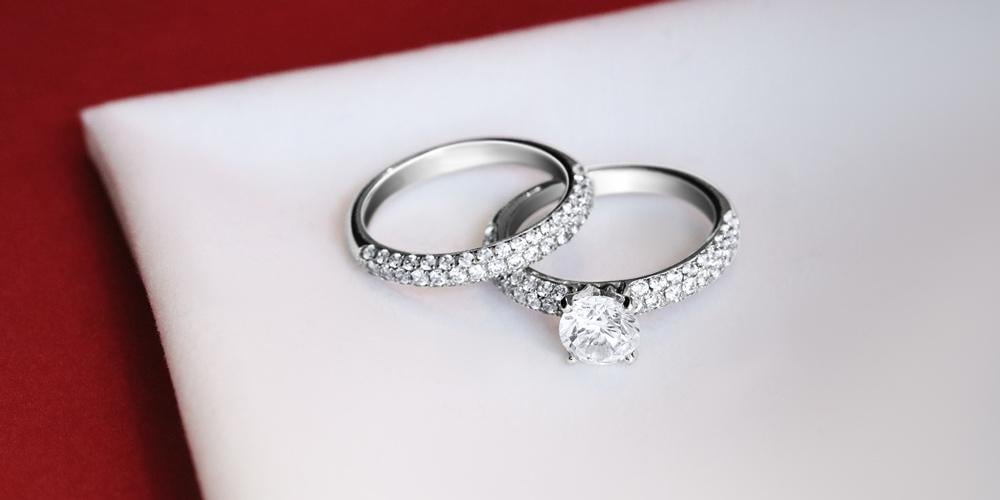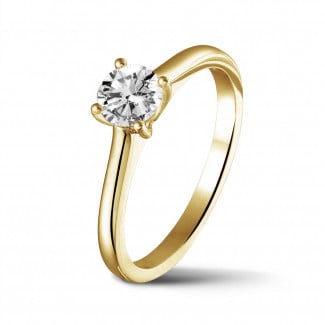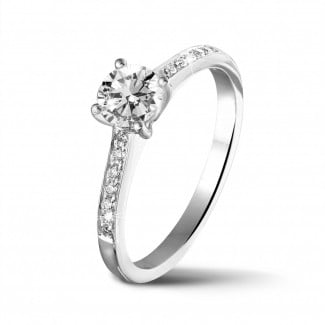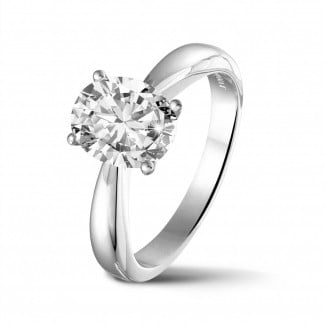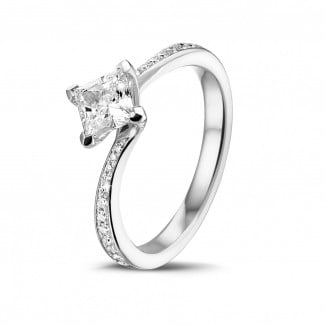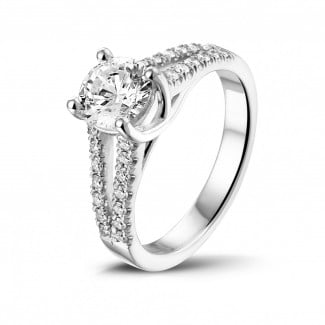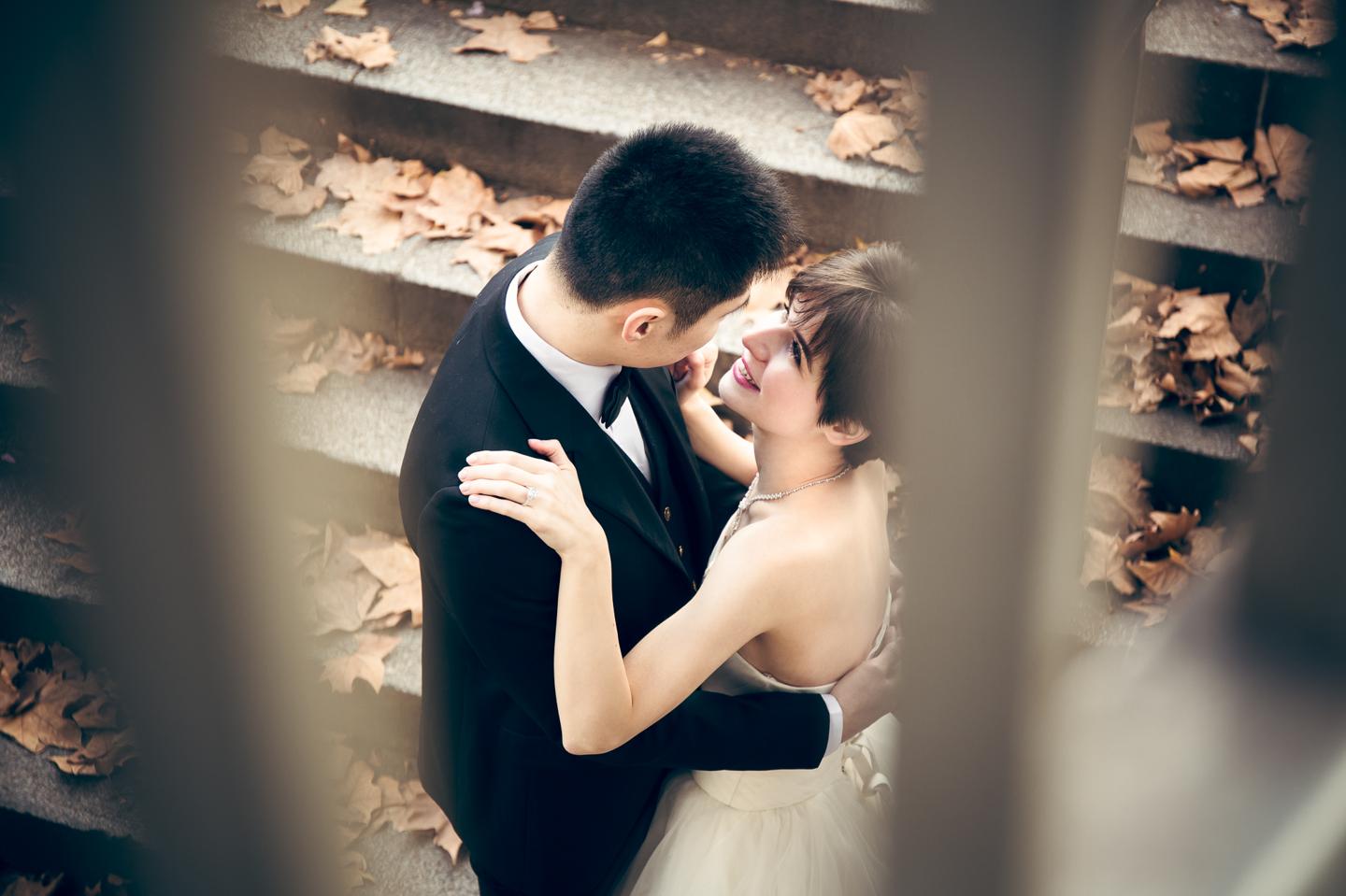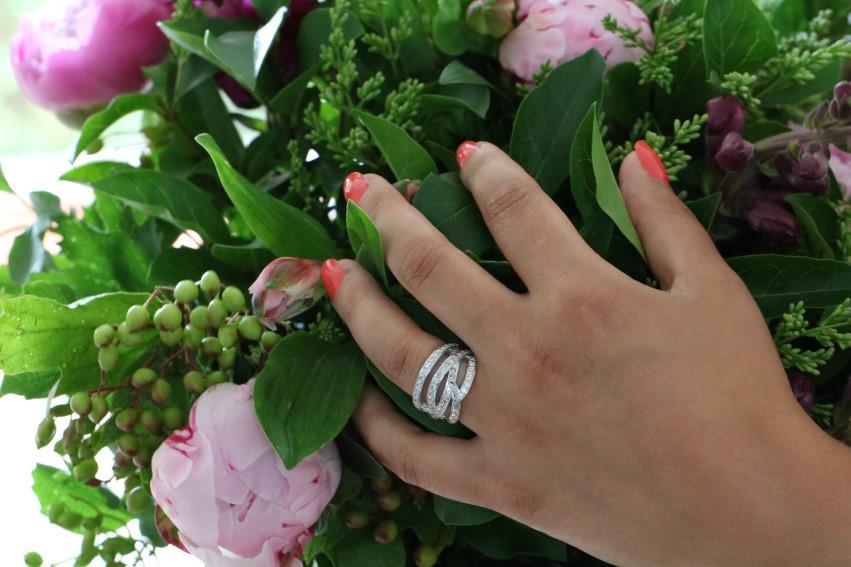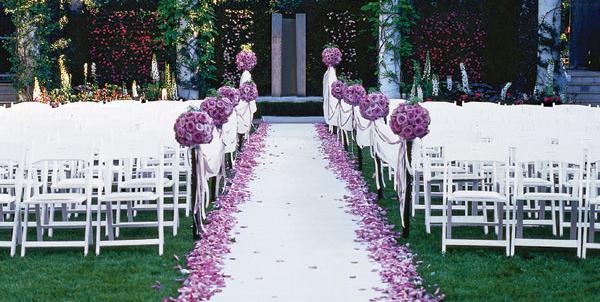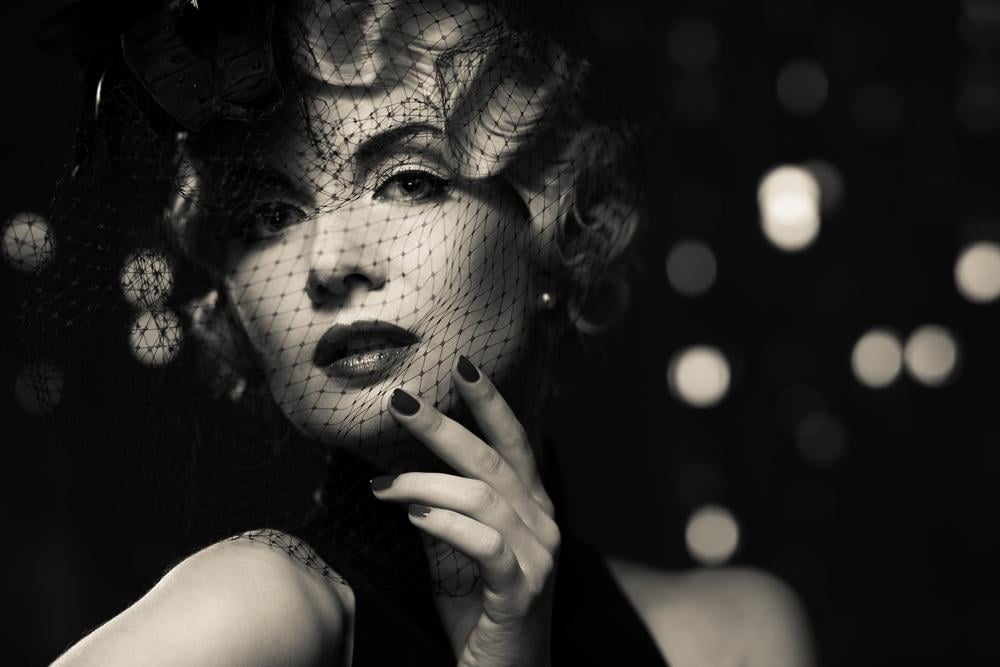Inspirational insights
Blogs in the spotlight
- How do I buy the perfect diamond ring?
- Choosing the perfect wedding ring
- Buying an engagement ring: expert tips & tricks
- Which earrings are the right ones for you?
- How to choose the perfect diamond bracelet?
- How to choose a necklace for ladies?
- Take your time in choosing your watch
- What's the right jewellery for each occasion?
- Why buy diamond jewellery online?
- A guide to building up your jewellery collection
- What types of precious metals are there?
- What types of precious metals are there?
- Jewellery trends and innovations in 2020
- What sorts of diamond setting are there?
- The engagement ring in Arabian countries
- The particular style of the engagement ring in Israel
- The Hindus wear their wedding ring differently
- Countries where the wedding ring is worn on the right hand
- Countries where people wear their wedding ring on their left hand
When it comes weddings or engagements, the wedding ring is a topic that is often touched upon. But did you know that traditions related to this type of jewellery differ from country to country? In Europe, Asia, or the United States, how are wedding rings worn?
Most viewed diamond jewels
The engagement ring in Arabian countries
In Arabian countries, the woman is the only one to receive a gold wedding ring . Her husband also receives one, but his ring is made from iron. In countries such as Egypt, Algeria or Libya, it is said that men must remain humble and that is why they are not entitled to a gold ring.
The engagement and wedding rings are also proof that from the wedding day onwards, the two families are united forever. As in Europe, wedding rings are worn on the ring finger of the left hand. It is the symbol of the union between two people. Discover the white gold wedding rings from BAUNAT’s collection.
The particular style of the engagement ring in Israel
Whereas in other countries wedding rings can have just that little bit extra, in Israel a wedding ring should be as simple as possible. For the Israelis, the ring is the symbol of purity and that is why it should never be set with precious stones.
An Israeli women must wear her wedding ring at all times to prove her loyalty to her husband. For the husband, this is not necessary. The ring can be worn or stored in a jewellery box. Discover our simple wedding rings here, or contact one of our advisors to help you with your search.
The Hindus wear their wedding ring differently
Hindu people have a rather special tradition regarding wedding rings. Although the union between two people is sealed by offering and wearing the engagement ring, newlyweds do not wear their engagement rings on their hands, but on their toes. More specifically, on their second toe. Wedding rings for women are called ‘Minji’ and for men, they are called ‘Metti’.
In most countries, the wedding ring is worn on the left hand
In most European and Asian countries, the wedding ring is worn on the left hand because, in most cases, this is the non-dominant hand. This way, the ring will not scratch as quickly and will keep its shine longer. Do you recognize these famous engagement rings by celebrities?
In some countries, things are a little bit different. In the Netherlands, the Protestant part of the population chooses to wear their wedding rings on their right hand. In Germany, too, the left hand is reserved for the engagement ring and the wedding ring is worn on the right hand instead.
Today, whether you are a man or a woman, whether you wear the wedding ring on your right hand or your left hand, at BAUNAT you will find beautiful wedding rings to symbolize the union between you and your significant other.

Stephanie Hesters
- BAUNAT Antwerp
- My Linkedin profile - Contact me
 Design collections
Design collections Stackable Rings
Stackable Rings Ruby, sapphire & emerald
Ruby, sapphire & emerald Bestsellers
Bestsellers New arrivals
New arrivals Watches
Watches Cufflinks
Cufflinks Rings for men
Rings for men Diamond
Diamond Sapphire
Sapphire Ruby
Ruby Emerald
Emerald Yellow diamond
Yellow diamond Black diamond
Black diamond
 Diamond rings
Diamond rings Sapphire rings
Sapphire rings Ruby rings
Ruby rings Emerald rings
Emerald rings Yellow diamond rings
Yellow diamond rings Black diamond rings
Black diamond rings
 Stackable rings
Stackable rings Cocktail rings
Cocktail rings Rings for men
Rings for men Bestsellers
Bestsellers Diamond rings
Diamond rings Sapphire rings
Sapphire rings Ruby rings
Ruby rings Emerald rings
Emerald rings Yellow diamond rings
Yellow diamond rings Black diamond rings
Black diamond rings
 Solitaire
Solitaire Dangle
Dangle Diamond earrings
Diamond earrings Sapphire earrings
Sapphire earrings Yellow diamond earrings
Yellow diamond earrings Black diamond earrings
Black diamond earrings
 Solitaire
Solitaire 3 stones
3 stones Halo
Halo Gradient
Gradient Diamond necklaces
Diamond necklaces Sapphire necklaces
Sapphire necklaces Yellow diamond necklaces
Yellow diamond necklaces Black diamond necklaces
Black diamond necklaces
 Gradient
Gradient White gold
White gold Yellow gold
Yellow gold Red gold
Red gold Platinum
Platinum Diamond bracelets
Diamond bracelets Yellow diamond bracelets
Yellow diamond bracelets Black diamond bracelets
Black diamond bracelets
 View watches
View watches View watches
View watches Swiss Made
Swiss Made Swiss Collection limited edition
Swiss Collection limited edition Manufacturing process
Manufacturing process Manual or Automatic watch
Manual or Automatic watch Sapphire or mineral glass
Sapphire or mineral glass
 Rings
Rings Necklaces
Necklaces Bracelets
Bracelets Sapphire
Sapphire
 Engagement rings
Engagement rings Earrings
Earrings Necklaces
Necklaces Bracelets
Bracelets
